Deck & Commander Strategies

Uril, the Miststalker
Auras and enchantments stack up to make Uril a large evasive threat, aiming to go wide or deal heavy damage through auras while protecting the commander with buffs and hexproof.
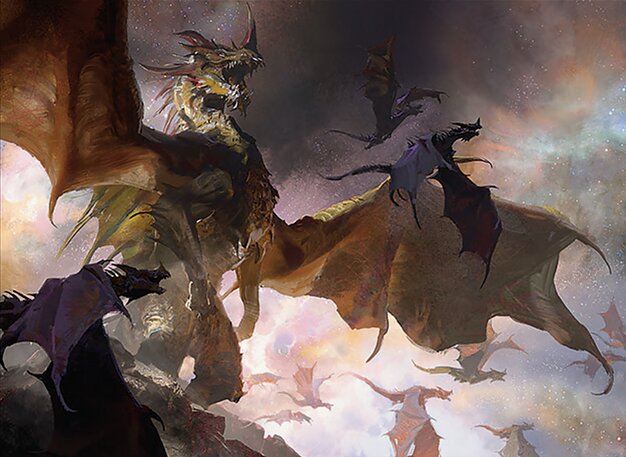
The Ur-Dragon
Ramp quickly into big dragons and leverage treasure tokens to cast expensive creatures, overwhelming opponents with powerful flying threats and multiple dragons entering the battlefield.
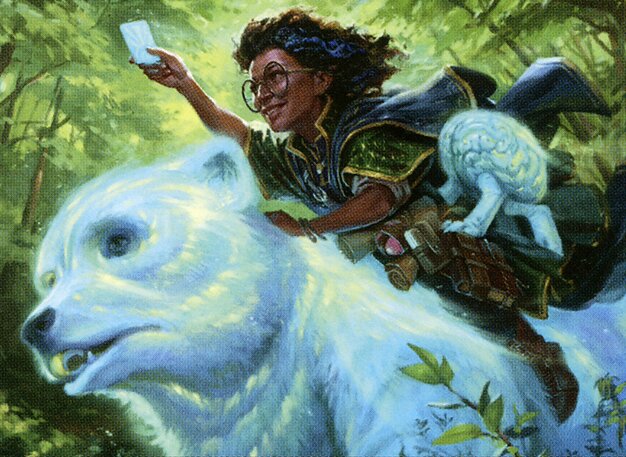
Minn, Wily Illusionist
Generate numerous illusion tokens through card draw and Mirror March, then leverage the illusions for board presence and value, potentially triggering recursion or token synergies.
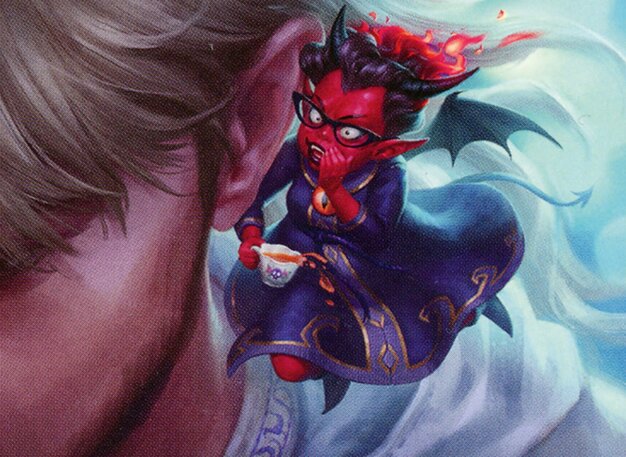
Auntie Blyte, Bad Influence
Utilize sacrifice outlets and incremental advantage effects to disrupt opponents and gain value, controlling the board with spells and forcing opponents into difficult decisions.
Gameplay Insights
- 1
The Wheel of Misfortune cast early caused substantial life loss and forced hand discards, dramatically shifting the game's tempo and player resources.
- 2
Nathan Steuer's use of sacrifice synergies with Auntie Blyte and Pyrohemia proved effective for board control and applying pressure.
- 3
The decision-making around whom to attack early was critical, with players weighing the risk of elimination against letting opponents grow stronger.
- 4
Minn’s strategy to flood the board with illusions through Mirror March threatened a fast and wide board state that could quickly overwhelm opponents if not checked.
- 5
Uril’s build emphasized protecting the commander with shroud and stacking enchantments, requiring opponents to find specific answers quickly to prevent lethal damage.
Notable Cards
-
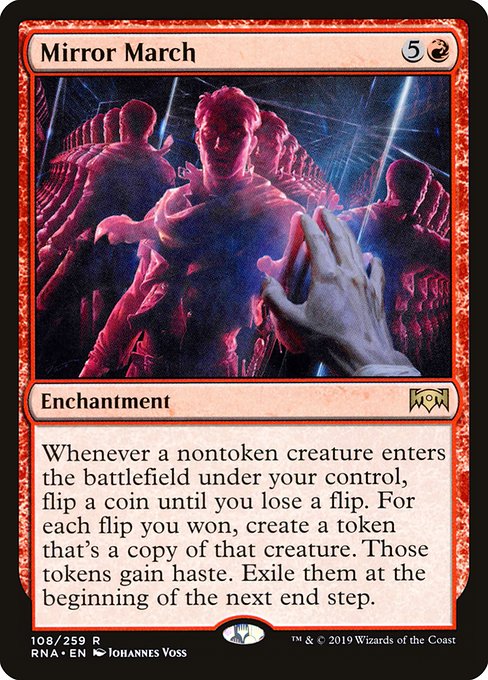
Mirror March
-
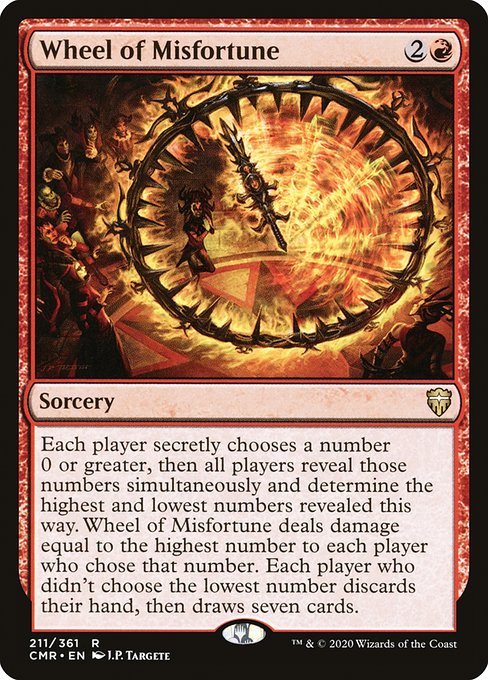
Wheel of Misfortune
-
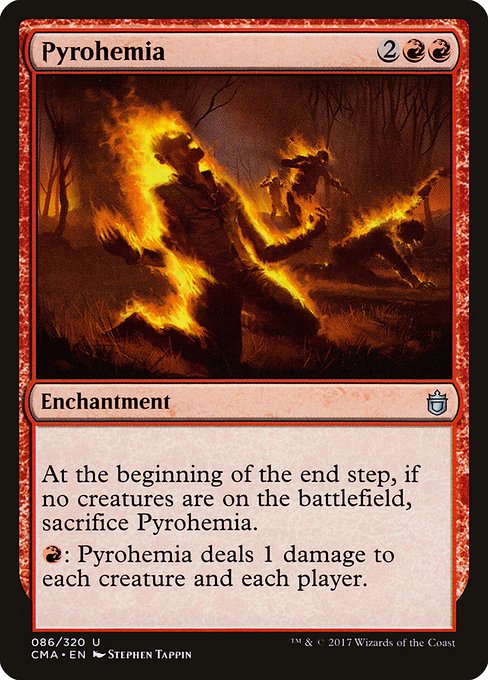
Pyrohemia
-
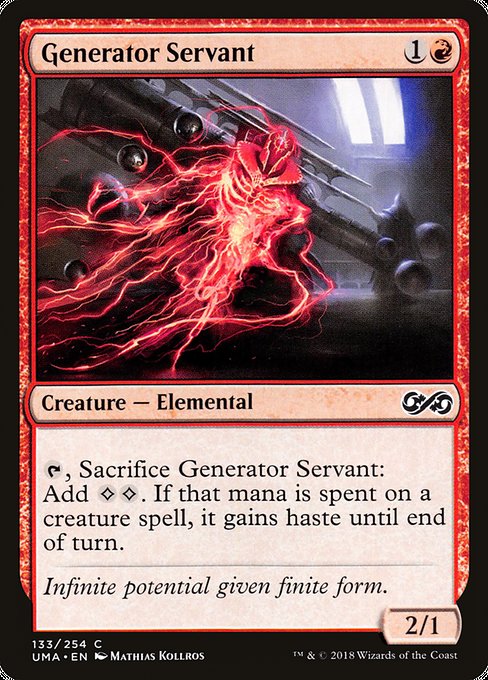
Generator Servant
-
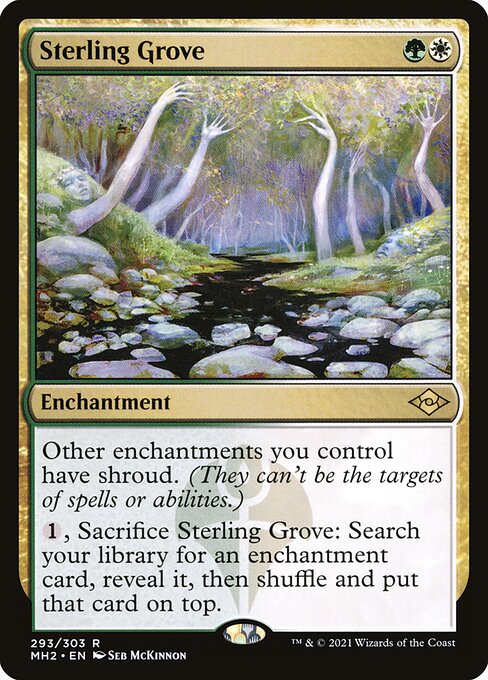
Sterling Grove
-
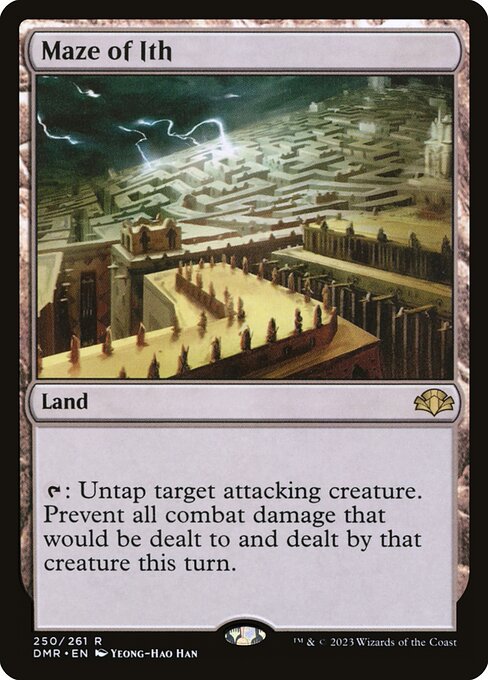
Maze of Ith
Gameplay Summary
The game began with cautious plays as players developed their mana bases and set up early board states.
Minn, Wily Illusionist focused on generating a swarm of illusion tokens with the help of cards like Mirror March, allowing for potential explosive board presence.
Meanwhile, Uril, the Miststalker built up a bogles-style strategy, stacking enchantments to make Uril a formidable threat.
Auntie Blyte, Bad Influence took a more disruptive approach, leveraging sacrifice effects and incremental advantages, while The Ur-Dragon ramped aggressively with treasures and large dragons to overwhelm opponents. A key turning point came early when a Wheel of Misfortune was cast, causing significant damage and hand disruption, shaking up players' plans.
The tension rose quickly with players debating who to attack first, as the presence of huge creatures and enchantment-based buffs meant that any wrong move could lead to a quick elimination.
Nathan Steuer, piloting Auntie Blyte, used sacrifice synergies and spells like Pyrohemia to control the board and pressure opponents.
The game featured fast-paced interactions, with careful decision-making on whether to attack or hold back, especially given that a turn 3 kill was a real possibility.
The gameplay highlighted the importance of timing and managing threats in a multiplayer Commander game with diverse strategies clashing.



















![Commander VS S16E6: Akiri VS Estrid VS Izoni VS Uril [EDH] thumbnail](https://i.ytimg.com/vi/rlrtwKjcoD0/sddefault.jpg)






![Commander Randomizer Part 2 [Commander VS 316] | Magic: the Gathering Commander Gameplay thumbnail](https://i.ytimg.com/vi/okRK1jVYfno/sddefault.jpg)

















